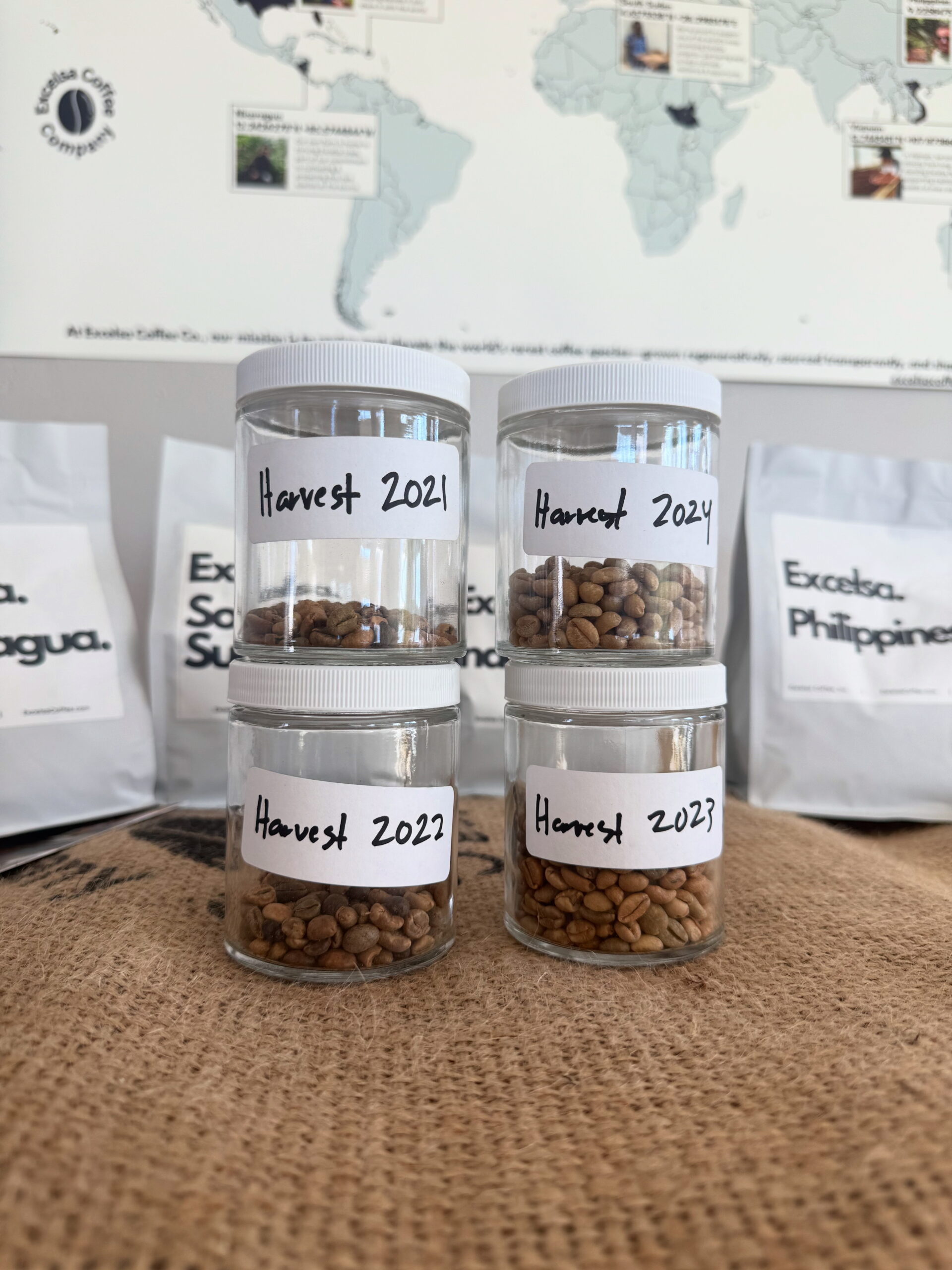Coffee is crowded. On every level — brand, roaster, café, franchise, heritage name — the space is overflowing.
The moment a message resonates with consumers, “big coffee” can amplify it louder, faster, and cheaper, thanks to their scale and lower cost of goods. At best, the smaller company has simply spent its capital to validate a message for a bigger company to take. Breaking through that noise is almost impossible.
But I believe there’s a massive gap emerging.
The industrial monoculture that dominates coffee has forced reliance on unregulated, heavy chemical use. It’s vulnerable to disease. It’s already seeing production declines.
We’ve seen this story before — in beer, wine, spirits, even cooking oils — as once-commodity products evolved into specialty categories. Coffee might be the last big commodity left to make that leap.
Excelsa could be the bridge.
It’s not Arabica. It’s not Robusta. It’s a separate species — a coffee tree with deeper roots, thicker leaves, and natural resilience that requires little to no pesticides. It harvests on its own cycle, supports biodiversity, and produces a bright, complex cup unlike anything else.
The challenge? Almost no one knows it. And once they do, they don’t remember it. Even people I’ve crossed paths with for years — watching me build this company day in and day out — still get the name wrong: Excelsor, Excelsia, Excelsior… anything but Excelsa.
Consumers expect coffee beans to be identical in size and perfectly free of blemishes — the result of decades of industrial sorting and spraying. Excelsa looks different. Because it’s wild.
When we started, we were literally paying people to climb trees and mail us whatever processed Excelsa they could find. Quality control didn’t exist. We’ve fought to improve it with every harvest, and we’re convinced we’ll produce the best Excelsa in the world. But we’re still asking consumers to try a coffee that’s not yet “perfect” by industrial standards — while trusting that the journey toward higher consistency is part of the story.
That’s the risk. If we go viral too soon, demand could outstrip supply or the quality curve, and consumers might turn away. Excelsa isn’t a fad. It’s a crop that can help solve the crisis facing global coffee producers — while offering consumers richer flavor, fewer chemicals, and naturally different caffeine levels.
So how do we bridge the gap between “good enough to launch” and “world-class,” without losing the audience along the way?
We make the wildness the point.
Our positioning — rewilding coffee — connects two truths:
- Coffee needs biodiversity and regenerative agriculture to survive.
- Consumers need to understand that visual “imperfection” is a sign of authenticity and health, not a flaw.
Excelsa beans don’t all look the same because they’re not part of the chemical-driven industrial complex. That’s not a weakness. That’s the premium. Like champagne, the rarity and exclusivity of the cup come from its origin — and in an era of GMOs and lab-grown food, wild matters more than ever.
Framed this way, the message becomes bite-sized for consumers while carrying real weight for producers and the planet. And “wild” unlocks an entire blue ocean of marketing white space — stories rooted in regional cultures, ancient wisdom, and heritage traditions — all running counter to the homogenized sameness of the Anthropocene. It also makes the brand more fun — creating provocative, exciting content that taps into coffee’s humanity and ritual, and using that energy to build campaigns that actually break through the noise.
We’re not just here to sell coffee. We’re here to rewild the world — starting with your morning cup.


